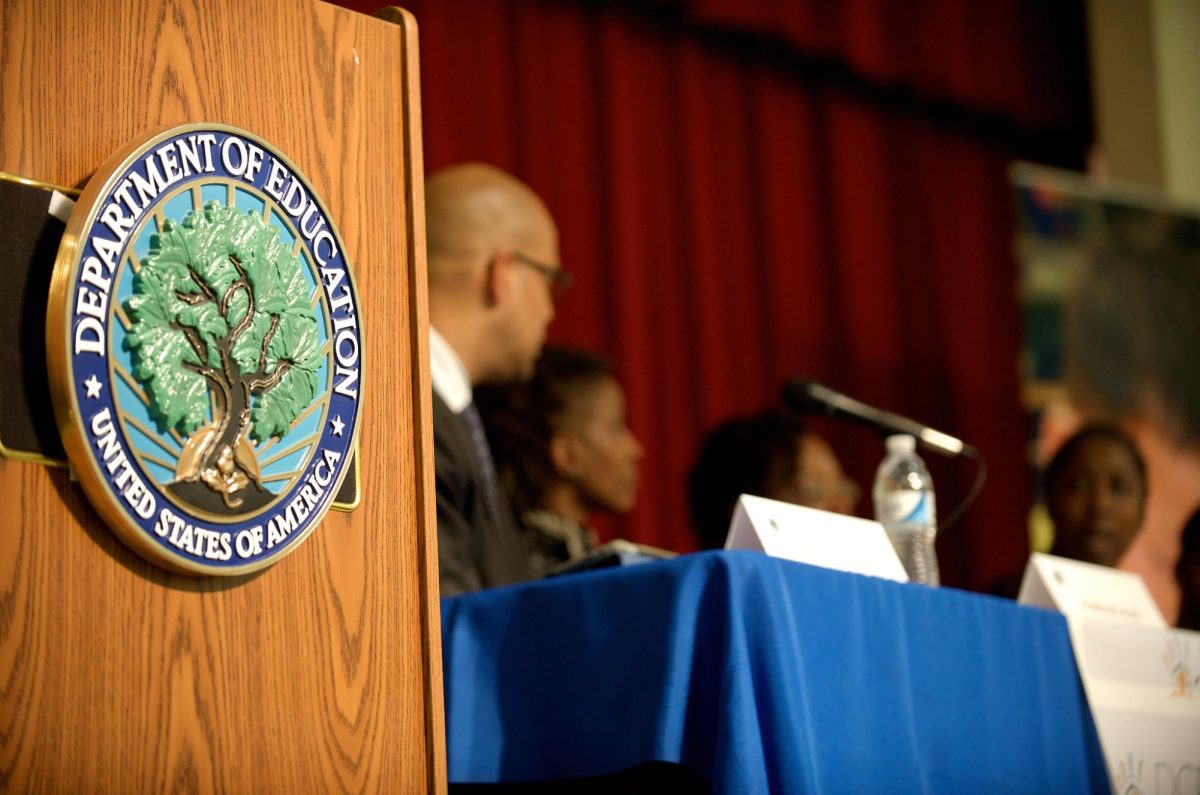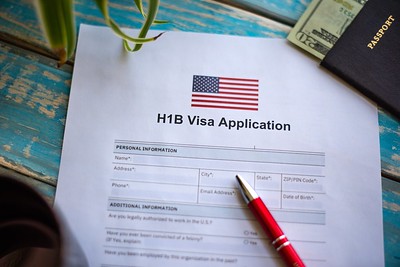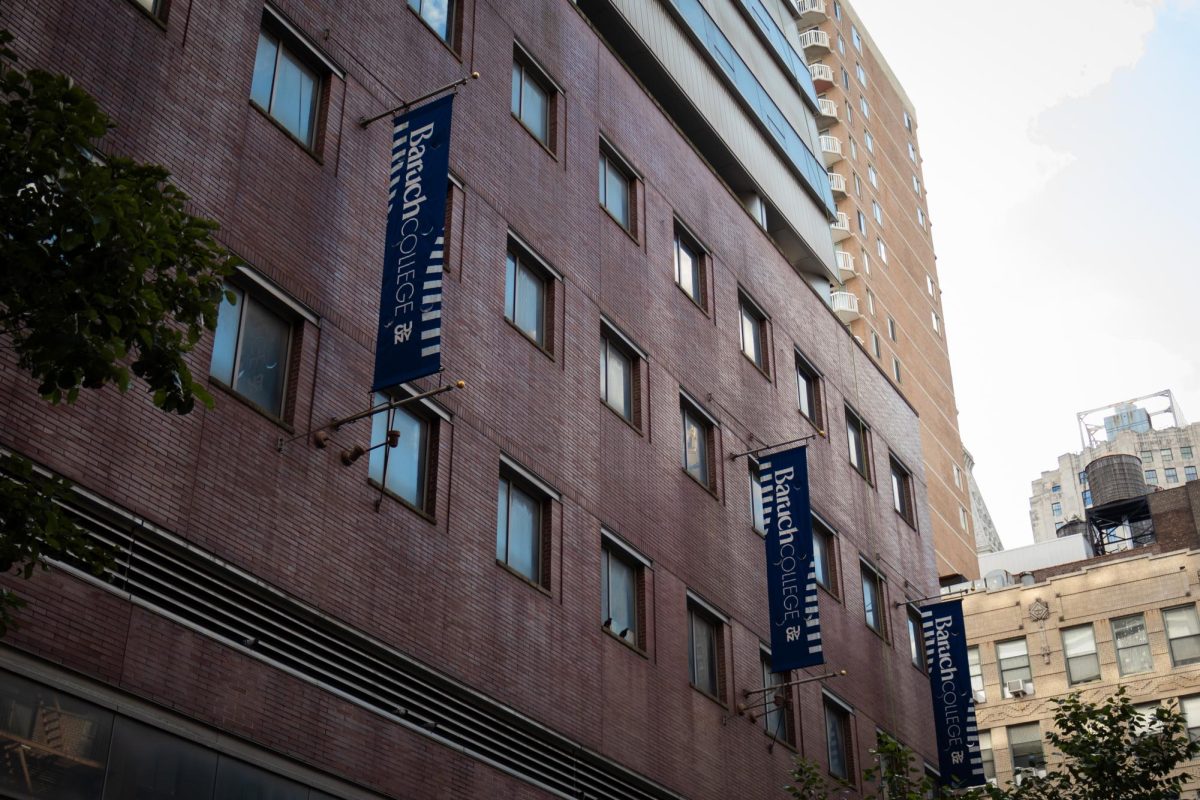The U.S. Department of Education reported a new error on March 22.
Institutional Student Information Records, or ISIRs, sent the wrong financial information to schools prior to March 21 and it has now affected more than 200,000 students. The issue has been resolved for information sent on and after that date.
The Department’s FAFSA math was inaccurate regarding how much aid a student should get. The vast majority of the 1.5 million ISIRs delivered to colleges so far were not affected. The Department of Education has provided workaround instructions for colleges so that they can still process the impacted ISIRs to generate tentative aid packages for students.
Late last year, the Department of Education made major changes to the FAFSA required by law. The new version was supposed to be shorter, simpler and was expected to make more students eligible for financial aid, such as grants, loans, scholarships and the Federal Pell Grant.
The FAFSA application was long due for an update, and the new version released at the end of 2022 was a result of new implementations approved by Congress in 2019 and 2020. The idea was to make the form easier to fill out and provide more lower-income families access to federal aid.
For example, previously, the FAFSA could be as long as 108 questions. In the new form, the number of questions went down to as few as 18, which should take less than 10 minutes to complete. Some information is now directly filled in from a filer’s tax return so the applicant does not need to have tax returns on hand.
So far, the rollout of the new FAFSA version has been filled with difficulties, glitches and errors. This March, the Department of Education said it has also identified a vendor’s calculation error impacting several hundred thousand financial aid forms. The mistake could further delay students’ aid awards and, as a result, their decisions on where to go to college next year.
The new problem adds further complications to the FAFSA process. Typically, colleges send financial aid award letters to students in March and request a decision by May 1 on whether they plan to enroll the following fall. Many colleges, but not all, have already delayed this timeline.
The Department of Education has faced criticism from lawmakers on both sides of the aisle for the delays, and the Government Accountability Office has started an investigation into the new form’s implementation. Meanwhile, while working to fix the issue, the future application process is promised to be easier and more accessible.
Colleges do not usually send award letters to students until the government transmits the correct FAFSA information. For those whose applications have been affected, there is nothing they can do but wait for the error to be sorted.
It’s especially troublesome because it only affects students waiting to receive financial aid award letters from colleges that accept them before deciding where to enroll next fall — and whether they can afford it.
If you are one of these people, try to stay on top of the matter and regularly check in with the Federal Student Aid information center about the status of your application. Be vigilant and proactive, identifying potential errors on your application. Expect delays in aid awards and seek clarification on crucial steps in mitigating the impact of administrative setbacks.














